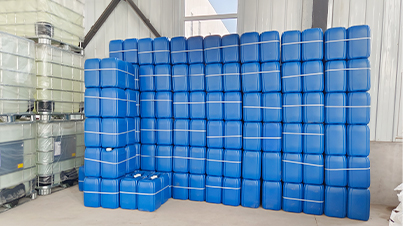polyaluminum chloride water treatment
Polyaluminum Chloride in Water Treatment An Overview
Polyaluminum chloride (PAC) is a widely used coagulant in the field of water treatment, known for its effectiveness in clarifying water and removing impurities
. As demand for clean and safe drinking water continues to rise globally, PAC has gained prominence due to its superior performance compared to traditional coagulants like aluminum sulfate.PAC is a polymeric aluminum compound that enhances the coagulation process, crucial for the removal of suspended particles, colloids, and organic materials in water. When introduced into the water, PAC undergoes hydrolysis, forming aluminum hydroxide micro-particles that attract and bind impurities. This process leads to the formation of larger aggregates, or flocs, which can be easily removed through sedimentation or filtration.
One of the significant advantages of using PAC over conventional coagulants is its lower dosage requirement. Studies have shown that PAC is effective at lower pH levels and can operate efficiently in a wider range of water conditions. This characteristic allows water treatment facilities to optimize their chemical usage, leading to cost savings and reduced sludge generation. Additionally, PAC's high charge density ensures that it forms effective flocs even in challenging water quality scenarios, which is especially beneficial in regions dealing with high turbidity or organic load.
polyaluminum chloride water treatment

Another notable benefit of PAC is its ability to improve the overall aesthetic quality of water. The coagulation process helps in removing color, taste, and odor-causing materials, resulting in clearer water that meets or exceeds regulatory standards for drinking water quality. Moreover, the reduced sludge volume produced by PAC leads to less frequent disposal needs, further decreasing operational costs for water treatment plants.
Despite its advantages, there are some considerations to keep in mind when using PAC. Operators must monitor the water chemistry closely to ensure optimal dosage and to prevent any potential overdosage, which can lead to excess aluminum residuals. Nonetheless, when properly managed, the environmental and health risks associated with PAC remain minimal.
In summary, polyaluminum chloride is a pivotal component in modern water treatment processes. Its efficacy in clarifying water, coupled with the benefits of reduced dosage and improved water quality, makes it a preferred choice for municipalities and industries alike. As the world continues to seek sustainable and efficient solutions for water management, PAC is likely to play an increasingly important role in ensuring that clean, safe water is accessible to all.
-
Water Treatment with Flocculant Water TreatmentNewsJun.12,2025
-
Polymaleic AnhydrideNewsJun.12,2025
-
Polyaspartic AcidNewsJun.12,2025
-
Enhance Industrial Processes with IsothiazolinonesNewsJun.12,2025
-
Enhance Industrial Processes with PBTCA SolutionsNewsJun.12,2025
-
Dodecyldimethylbenzylammonium Chloride SolutionsNewsJun.12,2025





